
Home


Hungary


Cardinal József Mindszenty


1956 Hungarian Revolution (My Story)
(My Eyewitness story of our Freedomfight
and Resistance against the Soviet Invasion)


50th Anniversary of our Freedomfight


My Travel Pages

Africa

America

Asia

Europe

Hungary

Oceania
My Mongolia pages

Mongolia

Mongol Art
Mongolia Facts & History in brief

Mongolia Life Experience

Terelj National Park - Turtle Rock

Trans Siberian Railway

Ulan Bator A

Ulan Bator B

Ulan Bator Airport

Ulan Bator - Buses

Ulan Bator - Catholic Cathedral

Ulan Bator - Choijin Lama Monastery

Ulan Bator - Railway Station

Ulan Bator - Reservation
|

M. facts & history in brief
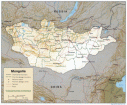 My Mongolia pages
My Mongolia pages
Map of Mongolia
Roman Catholicism in Mongolia
Excerpted from Wikipedia, the free encyclopedia
The Roman Catholic Church in Mongolia is part of
the worldwide Roman Catholic Church, under the spiritual
leadership of the Pope and curia in Rome.
There are only about 300 Roman Catholics in the country who
are served by three churches in
the capital Ulaanbaatar.
Roman Catholicism was introduced during the first
evangelisation of China in the 13th century during
Mongol rule, but was forced underground until after
the Opium war of the mid-19th century.
The first mission was founded for Outer Mongolia,
giving Mongolia its first Roman Catholic
jurisdiction, but all work ceased within a year
when a communist regime came to power.
With the introduction of democracy in 1991, Roman
Catholic missionaries returned and
rebuilt the church from scratch.
As of 2006, there is an Apostolic Prefecture,
a bishop, three churches, and diplomatic relations
between the Vatican and Mongolia since 1992.
Pope John Paul II planned to visit Mongolia, and
it is hoped that Pope Benedict XVI will
become the first Pope to visit.
History
The Roman Catholic Church in Mongolia has ancient
roots, most of them coming through China.
Missionaries such as William Rubruck and Giovanni
da Pian del Carpine came to this region between
the 13th and 14th centuries because of the
Mongols' religious tolerance.
It is likely that the New Testament and the
Psalms were translated by Giovanni da Montecorvino,
who founded the first Roman Catholic mission
in Beijing and became its first bishop.
By 1300, the Catholic population numbered about 30,000.
Their presence dwindled, though probably not completely
vanishing in the succeeding years until the famous
Matteo Ricci's coming and the great spreading of
Catholicism that took place while he
was at the Chinese Emperor's court.
This period ended with anger and division and all
missionaries went underground
until the Opium War of 1841.
Technically Mongolia had been covered by the
diocese of Peking, and it was not until 1840,
when a Vicariate Apostolic was divided from
Beijing that Mongolia had its own
Catholic jurisdiction.
In 1883, a vicariate for Inner Mongolia was
created, and then a mission was created
for Outer Mongolia in 1922.
Freedom of thought and religion were not
permitted under communist rule.
Mission sui iuris (1991-2003)
The new Mongolian Constitution of 1992
guaranteed religious liberty, and missionaries
were sent to reconstitute the church.
Missionhurst (the Congregation of the
Immaculate Heart of Mary) sent priests
Fathers Wenceslao Padilla, Gilbert Sales
and Robert Goessens to accomplish this
mission once the Vatican had established
diplomatic relations with Mongolia.
Prior to their arrival, expatriates had been
attending Protestant services.
Initially, none of the missionaries knew
Mongolian, none of the native peoples
knew English, and there were no Catholic
liturgical texts printed in Mongolian.
By 1996, Father Wince Padilla and 150 parishioners
were on hand at the dedication of the first
Catholic Church in Mongolian history.
In 1997 the first papal nuncio to Mongolia
from the Vatican was named.
The new Cathedral of Saints Peter and Paul
in Ulaanbaatar is shaped like a traditional
ger, with its circular tent shape
and walls of thick felt.
Prefecture Apostolic (2003-Present)
On August 23rd, 2003, Cardinal Crescenzio Sepe
(head of the Vatican Congregation for the
Evangelisation of Peoples) arrived and consecrated
Father Padilla as the first bishop of Mongolia,
although the country is not yet a diocese.
Pope John Paul II apologized for being unable to
attend the opening himself, as he had been planning
to visit Mongolia, a first for a Pope.
He had originally been invited by the President
of Mongolia during his visit to the Vatican in 2000.
There are now 54 missionaries from various countries
helping to build up the church, and
3 functioning parishes.
A Mongolian version of the Catholic Bible was
printed mid-2004; it is done in traditional
Mongolian writing style and includes
common Catholic prayers.
There is also demand for a Roman Catholic
calendar in Mongolian to be created.
The flocking of Christian missionaries has
been notable since the fall of communism,
and the growth for Catholicism in particular
is explosive, from no believers in 1991 to over
300, 216 of which are native Mongolians.
The mission runs a kindergarten, English classes,
a technical school, soup kitchens, two farms,
and a care center for 120 disabled children.
Another course offered is how to deal with
anger management, in order to help stem
violence against women.
The Verbist Center has also taken in 120
street children who had previously been
living in Ulaanbaatar's sewer system.
Christmas is not a national holiday in
Mongolia, as the proportion of the population
that is Christian is very low.

For a more information about
Roman Catholicism in Mongolia see Wikipedia, the free encyclopedia

This page was retrieved and condensed from
(http://en.wikipedia.org/wiki/Roman_Catholicism_in_Mongolia)
see Wikipedia, the free encyclopedia, February 2008.
All text is available under the terms of the
GNU Free Documentation License
(see
Copyrights for details).
About Wikipedia
Disclaimers

This information was correct in February 2008. E. & O.E.

2007
You can click on these photos for an enlargement
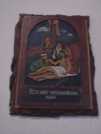 |
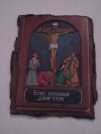 |
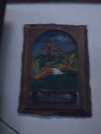 |
| Catholic Cathedral |
Catholic Cathedral |
Catholic Cathedral |
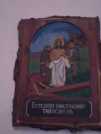 |
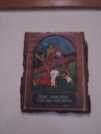 |
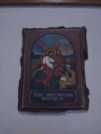 |
| Catholic Cathedral |
Catholic Cathedral |
Catholic Cathedral |
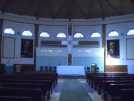 |
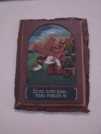 |
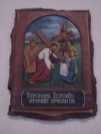 |
| Catholic Cathedral |
Catholic Cathedral |
Catholic Cathedral |
 |
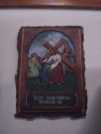 |
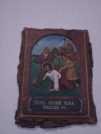 |
| Catholic Cathedral |
Catholic Cathedral |
Catholic Cathedral |
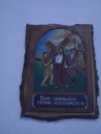 |
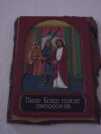 |
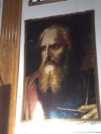 |
| Catholic Cathedral |
Catholic Cathedral |
Catholic Cathedral |
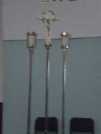 |
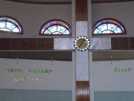 |
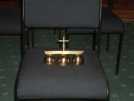 |
| Catholic Cathedral |
Catholic Cathedral |
Catholic Cathedral |
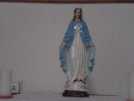 |
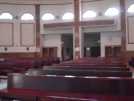 |
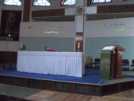 |
| Catholic Cathedral |
Catholic Cathedral |
Catholic Cathedral |
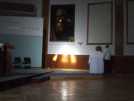 |
 |
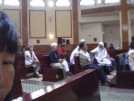 |
| Catholic Cathedral |
Catholic Cathedral |
Catholic Cathedral |
 |
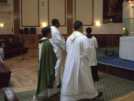 |
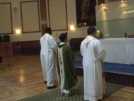 |
| Catholic Cathedral |
Catholic Cathedral |
Catholic Cathedral |
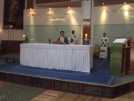 |
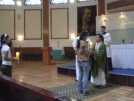 |
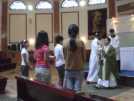 |
| Catholic Cathedral |
Catholic Cathedral |
Catholic Cathedral |
 |
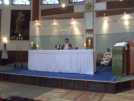 |
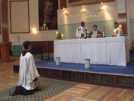 |
| Catholic Cathedral |
Catholic Cathedral |
Catholic Cathedral |
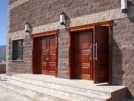 |
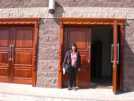 |
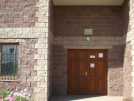 |
| Catholic Cathedral |
Catholic Cathedral |
Catholic Cathedral |
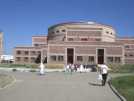 |
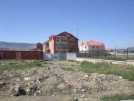 |
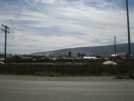 |
| Catholic Cathedral |
Catholic Cathedral |
Catholic Cathedral |
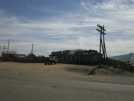 |
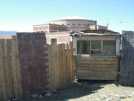 |
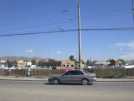 |
| Catholic Cathedral |
Catholic Cathedral |
Catholic Cathedral |
 |
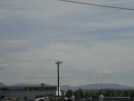 |
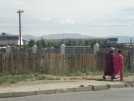 |
| Catholic Cathedral |
Catholic Cathedral |
Catholic Cathedral |
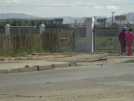 |
 |
 |
| Catholic Cathedral |
Catholic Cathedral |
Catholic Cathedral |
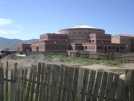 |
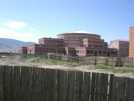 |
 |
| Catholic Cathedral |
Catholic Cathedral |
Catholic Cathedral |
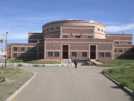 |
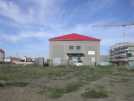 |
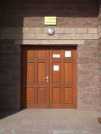 |
| Catholic Cathedral |
Catholic Cathedral |
Catholic Cathedral |
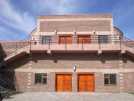 |
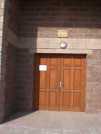 |
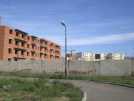 |
| Catholic Cathedral |
Catholic Cathedral |
Catholic Cathedral |
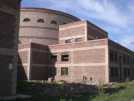 |
 |
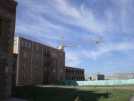 |
| Catholic Cathedral |
Catholic Cathedral |
Catholic Cathedral |
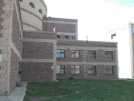 |
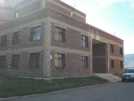 |
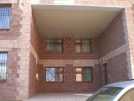 |
| Catholic Cathedral |
Catholic Cathedral |
Catholic Cathedral |
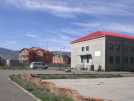 |
 |
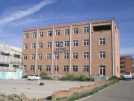 |
| Catholic Cathedral |
Catholic Cathedral |
Catholic Cathedral |
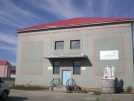 |
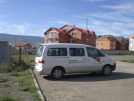 |
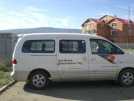 |
| Catholic Cathedral |
Catholic Cathedral |
Catholic Cathedral |
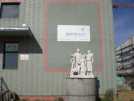 |
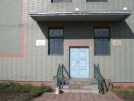 |
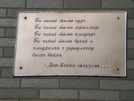 |
| Catholic Cathedral |
Catholic Cathedral |
Catholic Cathedral |
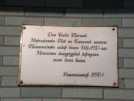 |
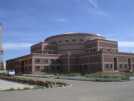 |
 |
| Catholic Cathedral |
Catholic Cathedral |
Catholic Cathedral |
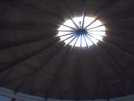 |
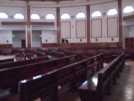 |
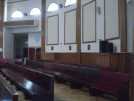 |
| Catholic Cathedral |
Catholic Cathedral |
Catholic Cathedral |
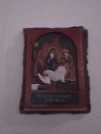 |
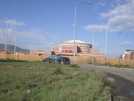 |
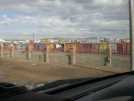 |
| Catholic Cathedral |
Catholic Cathedral |
Catholic Cathedral |
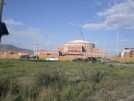 |
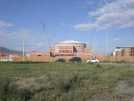 |
| Catholic Cathedral |
Catholic Cathedral |
|